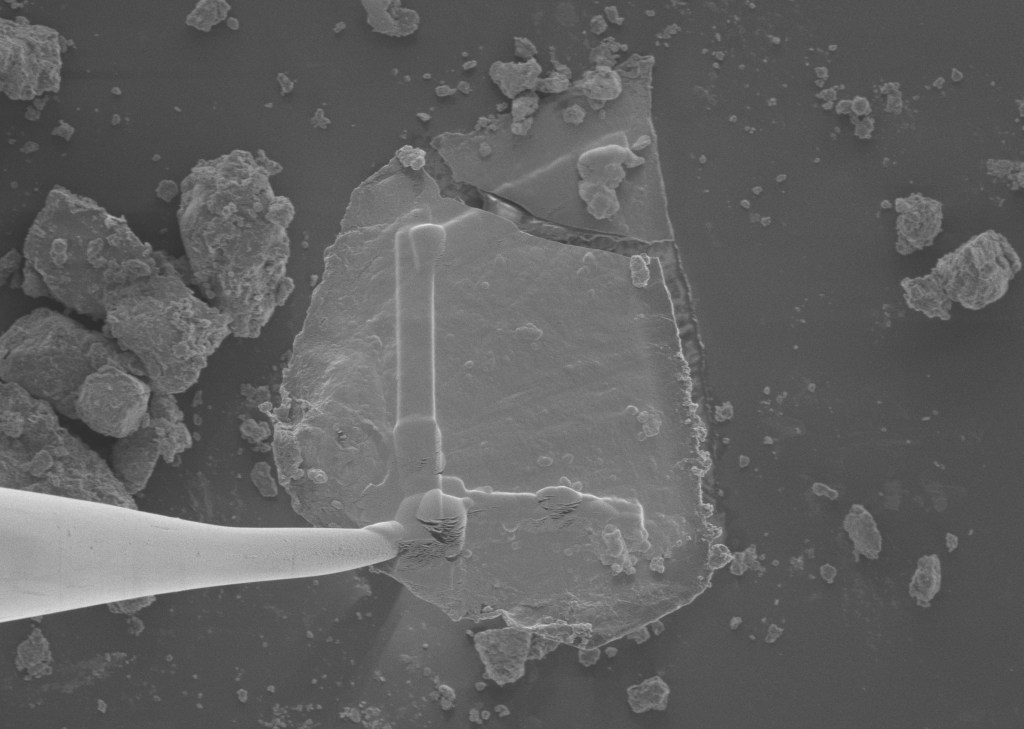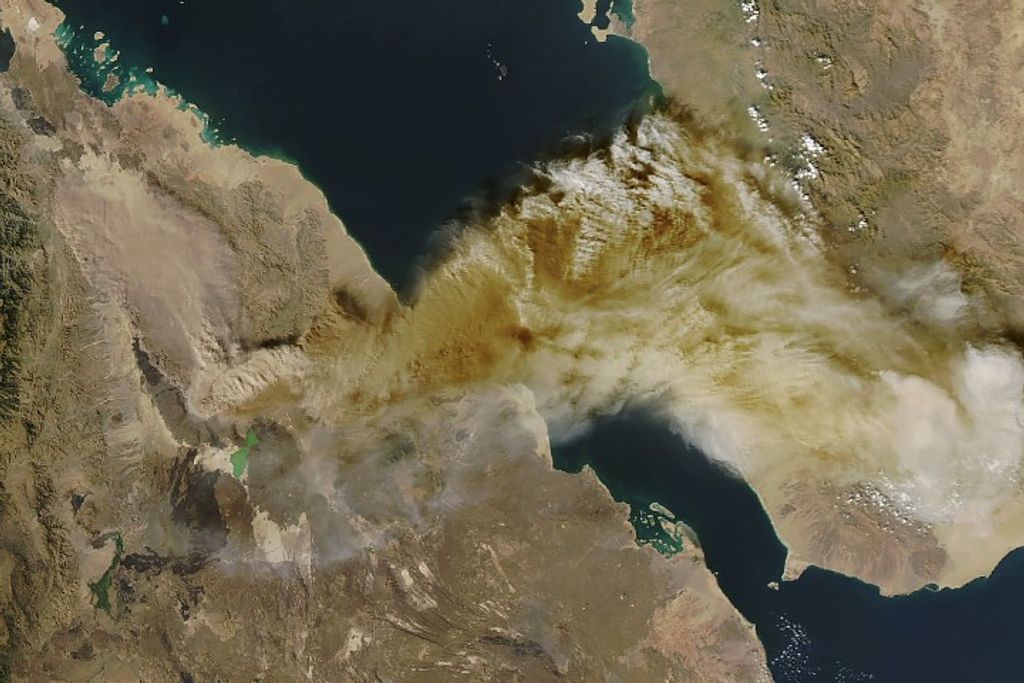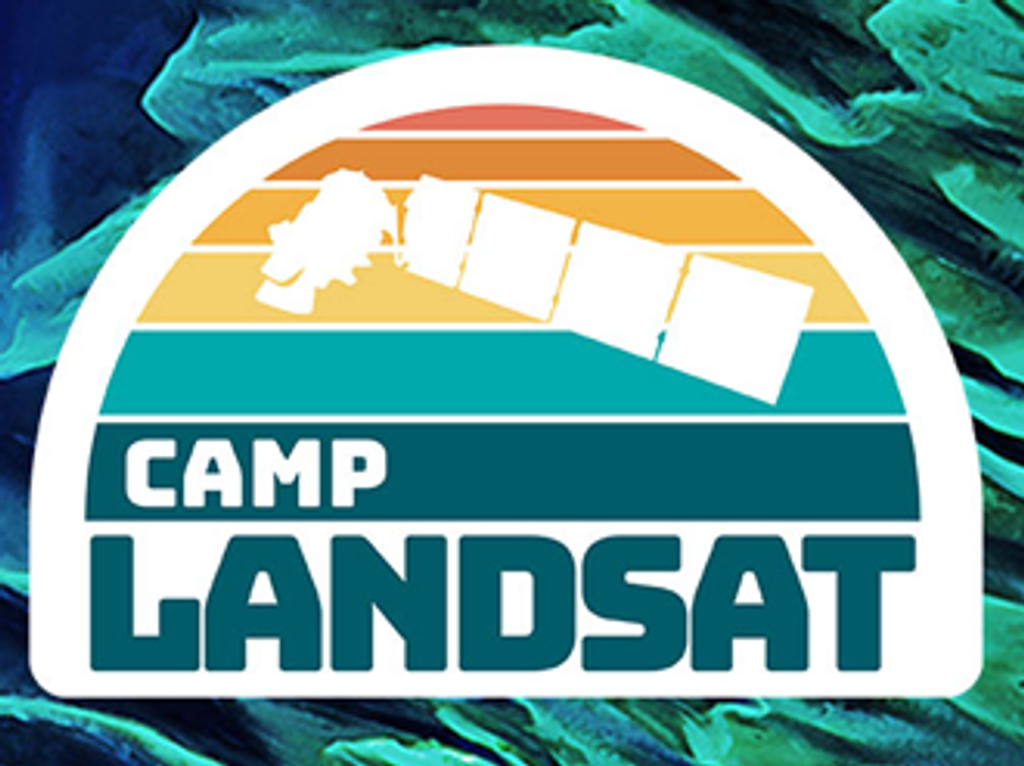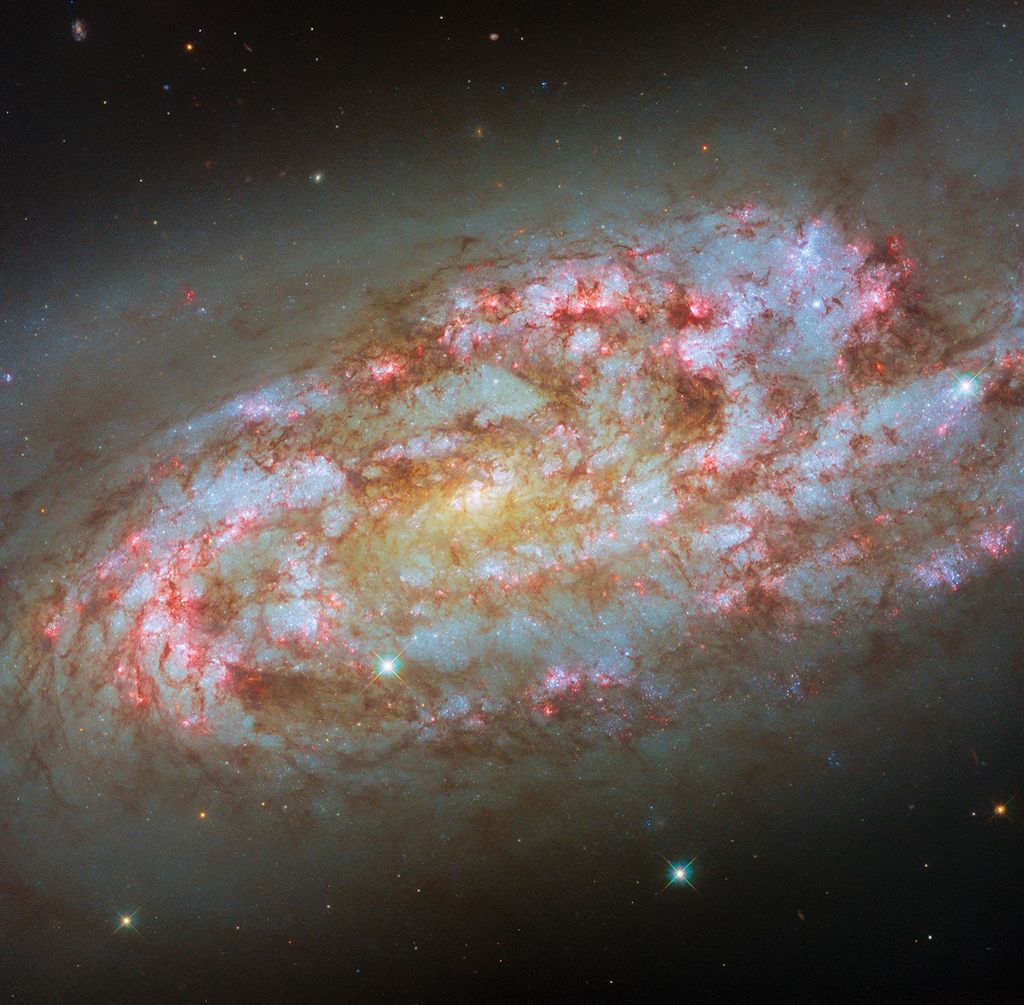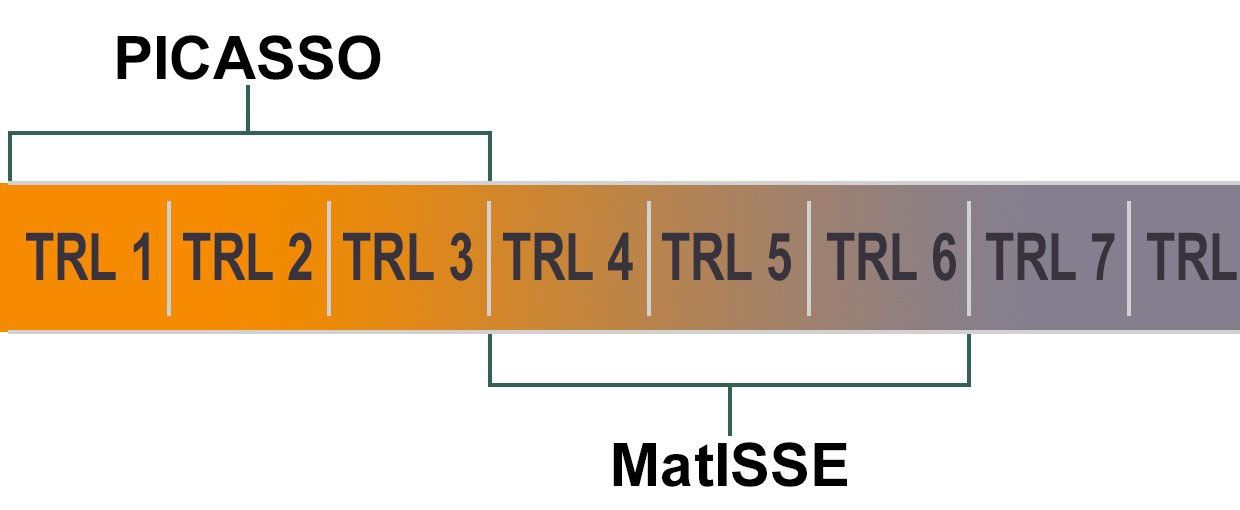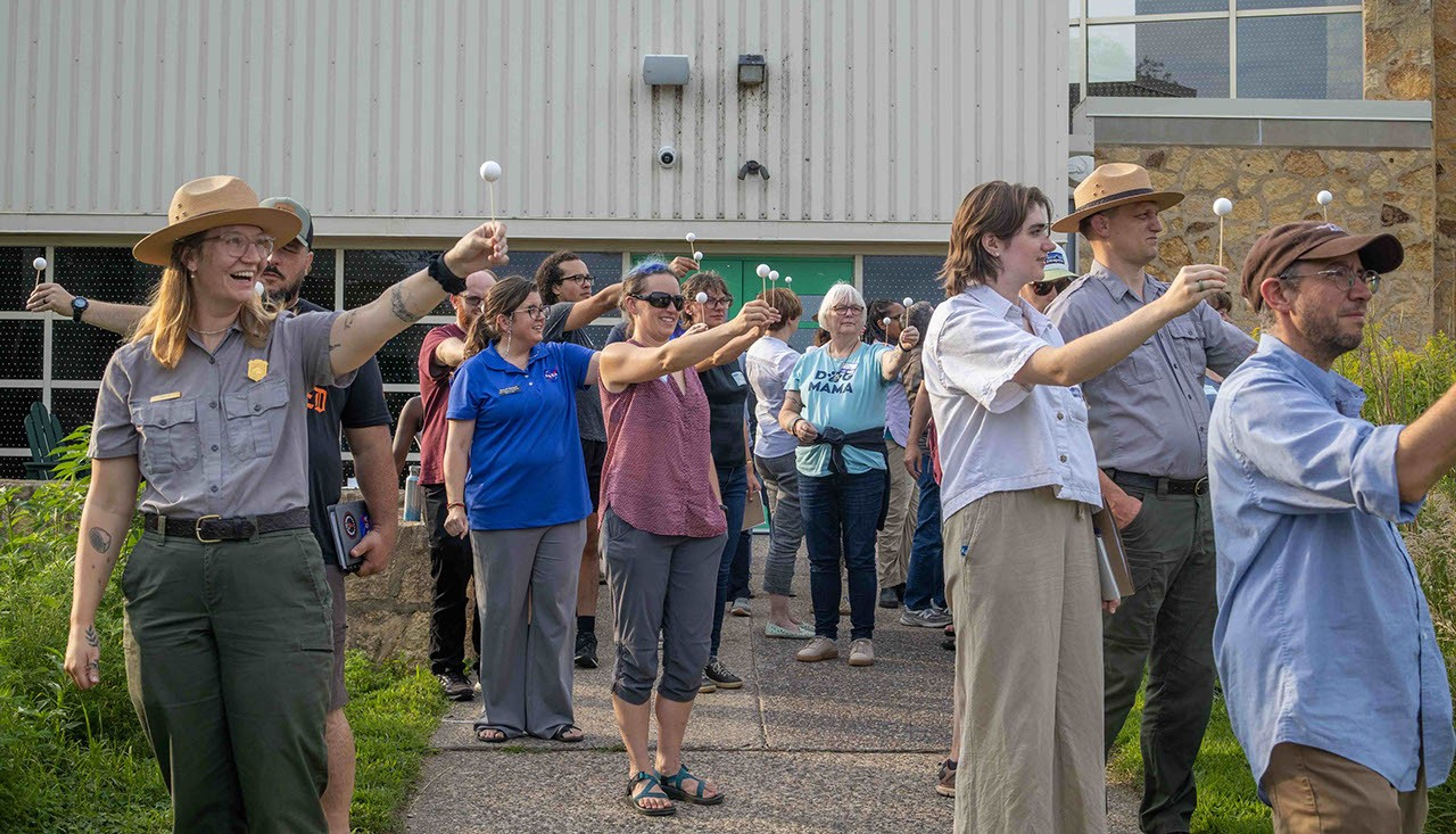Astrobiology Science and Technology Instrument Development (ASTID)
Prior to 2013, NASA’s Planetary Science Division had two major instrument development programs: the Planetary Instrument Definition and Development Program (PIDDP) and the Astrobiology Science and Technology for Instrument Development (ASTID) Program. However, the combination of PIDDP and ASTID did not truly constitute an instrument development pipeline, and to completely develop an instrument to the point where it could be proposed for a mission required repeated and costly proposals to both programs. Exacerbating this problem was the lack of a program which explicitly supported the maturation of technologies from TRL 4 to 6—the so-called “valley of death.”
The Planetary Science Division restructured its instrument development programs in 2013 to ease the full development and maturation of instrument technologies across all of the Division’s goals. The Planetary Instrument Concepts for the Advancement of Solar System Observations Program (PICASSO) supports the definition and development of instruments TRLs 1 through 3 for all planetary science goals. The Maturation of Instruments for Solar System Exploration Program (MatISSE) similarly supports the maturation of instruments TRLs 3 through 6. Together, PICASSO and MatISSE form an integrated pipeline for taking instruments from initial concepts to prototypes able to be proposed for missions.
Selected ASTID Proposals
- NNH11ZDA001N-ASTID 2011 Selected Abstracts
- NNH10ZDA001N-ASTID 2010 Selected Abstracts
- NNH08ZDA001N-PIDD 2008 Selected Abstracts
- NNH07ZDA001N-ASTID 2007 Selected Abstracts


